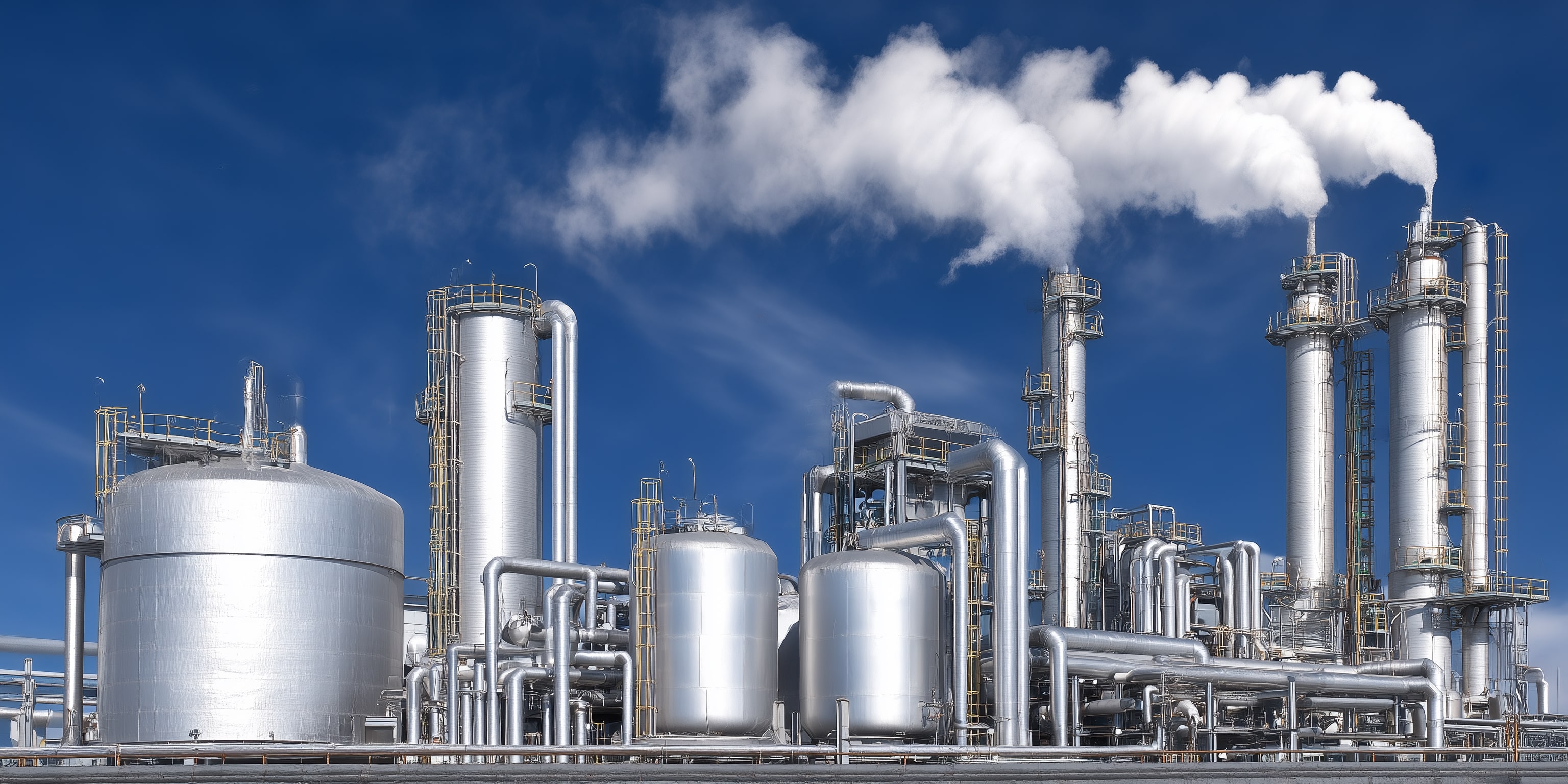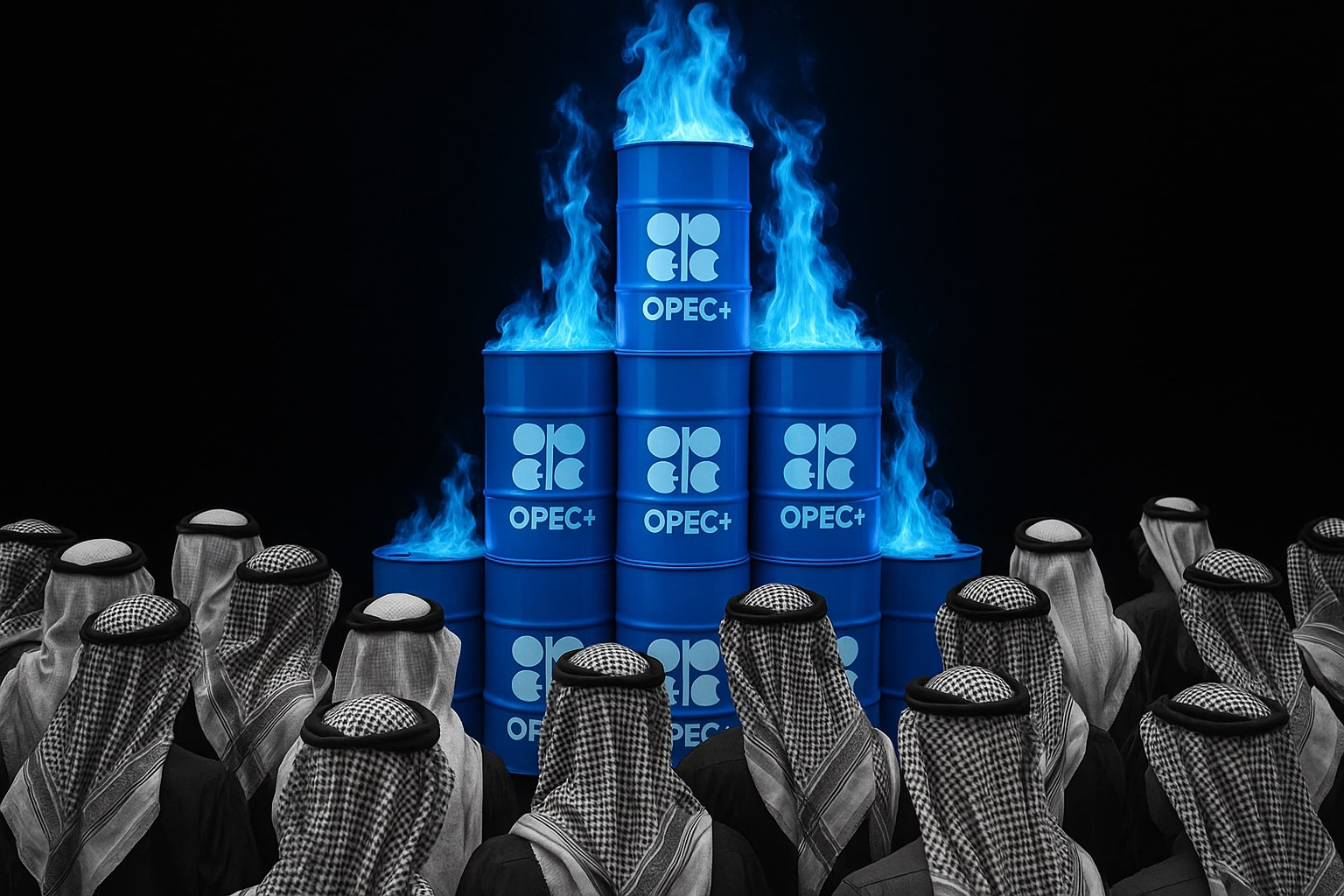
Natural Gas Price (NG=F) Falls to $4.31 as Record U.S. Output and Unseasonably Warm Weather Crush Demand
Futures dip below $4.35 amid record 110 Bcf/day production, 4.3% above-average storage, and fading heating demand; traders eye $4.19 support and $4.45 resistance | That's TradingNEWS
Natural Gas (NG=F) Extends Decline to $4.31 as Record Output and Unseasonably Warm Weather Undercut Demand
Unseasonal Warmth and Surging Supply Pressure Natural Gas Prices Below $4.35
Natural Gas (NG=F) futures fell for a fourth consecutive session, closing Friday at $4.313 per MMBtu, down 0.96% on the day as traders confronted the harsh combination of rising U.S. production and a warming weather outlook across most of the continental United States. The December contract lost nearly 8% week-to-date, with bearish momentum reinforced by the EIA’s latest +33 Bcf storage injection, keeping inventories well above seasonal averages. Despite winter seasonality typically supporting the market at this stage, the mild November temperature forecasts have neutralized bullish momentum and positioned the market precariously near key technical support levels between $4.19 and $4.20.
U.S. Output Hits All-Time High of 110 Bcf/Day, Reinforcing the Supply Overhang
The U.S. gas supply story has dominated sentiment this quarter. Dry gas output in the Lower 48 states reached 110.0 Bcf/day, up 8.1% year-over-year, setting an all-time high according to pipeline flow models. The Baker Hughes rig count rose to its highest level in 2.25 years, with producers accelerating drilling across the Marcellus, Permian, and Haynesville basins. This surge is not just seasonal—it’s structural. Producers like Devon Energy (NYSE:DVN), Coterra Energy (NYSE:CTRA), and Antero Resources (NYSE:AR) continue expanding production guidance for Q4 despite softer pricing, betting on long-term LNG demand from new terminals on the Gulf Coast.
The EIA’s updated Short-Term Energy Outlook raised its 2025 dry gas production forecast to 107.14 Bcf/day, up from 106.6 Bcf/day last month, reinforcing expectations that domestic output will continue to exceed consumption for at least the next two quarters. This imbalance has widened the storage surplus, now 4.3% above the five-year average, keeping downward pressure on near-term prices.
Warm Weather Models Extend into Late November, Curbing Heating Demand
Meteorological models from G2 Weather and NOAA both project above-normal temperatures for the western and central U.S. through November 21, reducing heating degree days (HDDs) and softening residential gas demand. This forecast effectively negates the seasonal tightening that typically occurs as winter begins, pushing traders to unwind long positions established in anticipation of a November cold snap. Power burn demand—natural gas used for electricity generation—has increased only 0.05% year-over-year, per Edison Electric Institute data, insufficient to offset weaker heating demand.
The absence of early-season cold has cut the urgency for drawdowns from storage facilities. At the same time, the EIA’s +33 Bcf storage injection last week, while below the five-year average build of +42 Bcf, confirms that storage remains ample. Total inventories now sit roughly 0.4% higher than last year’s levels, underscoring how weather continues to dominate sentiment over any marginal improvements in demand metrics.
Electricity Demand and LNG Flows Offer Little Relief for Bulls
The U.S. power grid shows modest strength but not enough to tilt fundamentals. Edison Electric Institute data indicated a 3% annual rise in total power generation, with week-over-week output up 0.05%, led by Texas and the Midwest. However, this incremental gain is offset by weaker gas-fired demand from the industrial sector, which has dropped 2.7% year-over-year to 77.0 Bcf/day. LNG exports, typically a stabilizing demand pillar, edged down 0.8% week-over-week to 17.3 Bcf/day, according to BloombergNEF, as maintenance activity curtailed feedgas flows at Freeport LNG and Cameron LNG terminals.
European gas benchmarks like TTF remain subdued near €34/MWh, limiting U.S. export arbitrage incentives. Asia’s JKM benchmark also softened below $15.20/MMBtu, narrowing spreads that previously justified strong cargo flows. The result: U.S. LNG capacity utilization dipped to 88%, down from 92% the previous week, further weakening spot demand for domestic gas.
Technical Picture: Key Resistance at $4.45 and Support at $4.19 Defines the Short-Term Range
The December Natural Gas contract has failed to hold above the 200-day moving average near $4.454, confirming resistance. Technical traders note that Friday’s close below the 50% retracement level at $4.336 maintains the short-term bearish tone. Momentum indicators such as MACD remain negative, while RSI at 44 signals the market is not yet oversold, leaving room for further downside. A decisive break below $4.19 could expose the next downside target at $3.97, corresponding to the 61.8% Fibonacci retracement of the September rally. Conversely, a breakout above $4.45 could open room for a corrective rebound toward $4.65–$4.72, though such a move would likely require a confirmed shift in weather or LNG flow data.
Energy Equities Hold Up as Producers Hedge Against Price Weakness
While Natural Gas futures struggle, related equities remain resilient. Williams Companies (NYSE:WMB) rose +2.83% to $59.58, while Devon Energy (NYSE:DVN) gained +3.9% to $33.70, buoyed by diversified energy portfolios and active hedging programs. ONEOK (NYSE:OKE) climbed +0.46% to $68.12, supported by its midstream exposure and steady dividend yield above 4.8%. Producers continue layering hedges for 2026 above $4.00/MMBtu, locking in cash flow stability despite weaker spot pricing. Hedge ratios have climbed to 64% of total expected output, per CFTC data, suggesting a broader move toward balance sheet protection amid price volatility.
Insider transactions reflect cautious optimism. Williams Cos. insiders have modestly increased net holdings, while Devon Energy executives offloaded roughly $12.3 million in stock during October amid price strength, signaling active portfolio rebalancing rather than loss of confidence. For investors tracking insider activity, TradingNews.com’s WMB insider data shows recent accumulation consistent with midstream resilience amid commodity softness.
Read More
-
ARTY ETF (NYSEARCA:ARTY) Climbs To $48.18 As AI Boom Pushes Assets Past $2B
09.11.2025 · TradingNEWS ArchiveStocks
-
XRP ETFs XRPI And XRPR Rally To $13.98 And $19.46 As SEC Countdown Sparks Institutional Frenzy
09.11.2025 · TradingNEWS ArchiveCrypto
-
Oil Price Forecast - Oil Prices Drop to $59.75 as U.S. Inventories Surge 5.2M Barrels
09.11.2025 · TradingNEWS ArchiveCommodities
-
USD/JPY Price Forecast - Dollar to Yen (¥153.41) Dips from 8-Month High as Fed Cut Odds Hit 70%
09.11.2025 · TradingNEWS ArchiveForex
Artificial Intelligence and Power Grid Expansion Add a New Dimension to Long-Term Demand
Beyond immediate fundamentals, analysts note a structural tailwind from artificial intelligence data centers, which have become major electricity consumers in the U.S. According to Scripps and Energy Department projections, AI-driven electricity usage could rise 15% annually through 2030, indirectly boosting Natural Gas demand due to its dominance in U.S. power generation. Patrick De Haan of GasBuddy noted that “the insatiable demand for energy created by AI” has begun lifting baseline electricity consumption even during traditionally soft periods, adding a counterbalance to seasonal weather effects.
As utilities invest in expanded capacity, Natural Gas remains central to baseload generation — particularly as renewable intermittency limits the ability to replace thermal power fully. Companies like NextEra Energy (NYSE:NEE) and Dominion Energy (NYSE:D) continue integrating more gas turbines to stabilize grids serving AI clusters, suggesting that structural demand could recover strongly in 2026 even if near-term pricing remains weak.
Short-Term Sentiment Bearish but Structural Story Intact
The current setup for NG=F remains fundamentally bearish in the short term. Prices are trapped between robust supply and disappointing weather-driven demand. Storage remains comfortable, LNG flows are constrained, and technical signals point to continued selling pressure if support fails. However, the broader story for Natural Gas remains anchored in global infrastructure growth, AI-related power demand, and long-term energy security diversification.
Given these dynamics, traders remain cautious in the near term but recognize asymmetric upside once cold weather patterns normalize or exports rebound. The $4.00–$4.10 range appears as the tactical accumulation zone, while resistance near $4.50–$4.70 caps any rallies.
Verdict on Natural Gas (NG=F): HOLD – Short-Term Weakness, Long-Term Strategic Value
Despite near-term bearish bias, Natural Gas (NG=F) maintains strategic importance in the global energy transition. For short-term traders, volatility below $4.20 presents tactical risk, but for institutional investors, the convergence of AI-driven demand, LNG export expansion, and supply rationalization in 2026 supports a HOLD rating. Downside risk toward $3.90 remains, but the long-term equilibrium forecast for 2026–2027 hovers near $5.20/MMBtu, implying potential +20% upside once weather and storage trends rebalance.



















